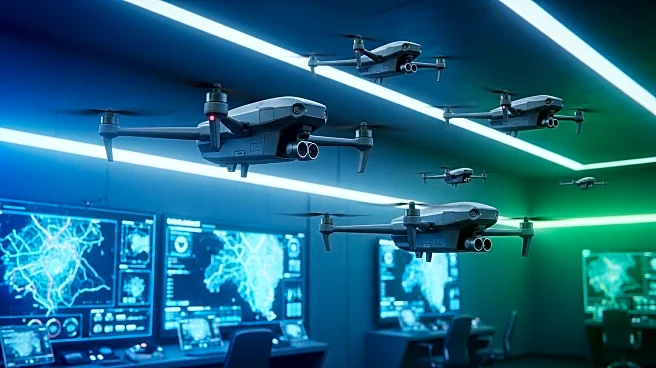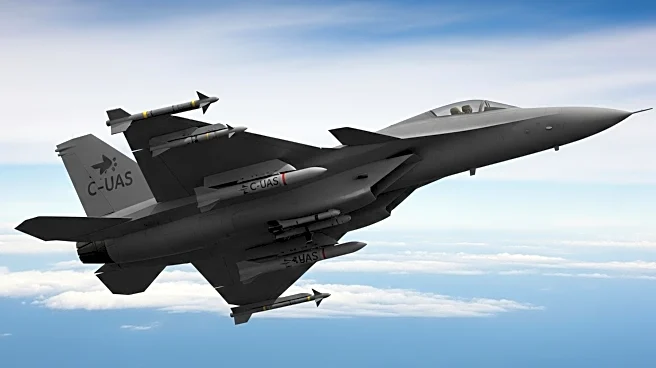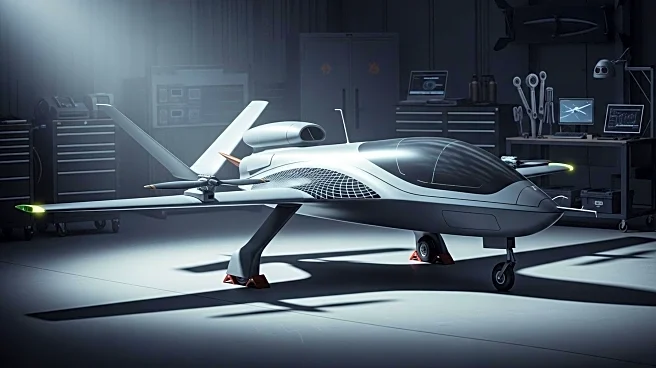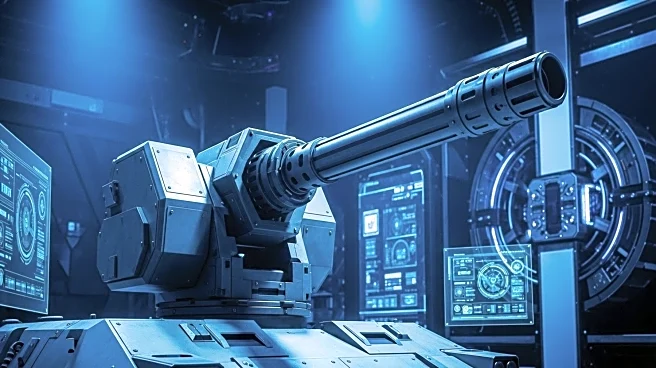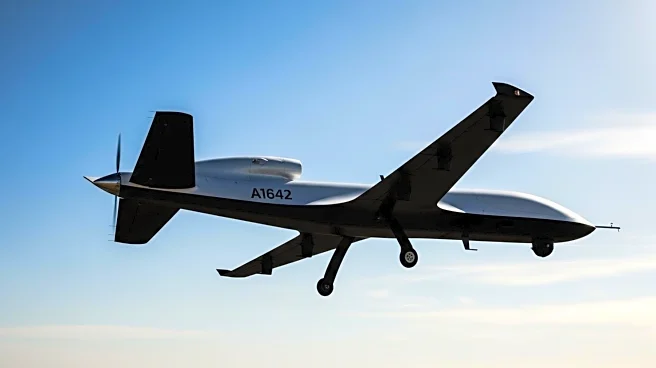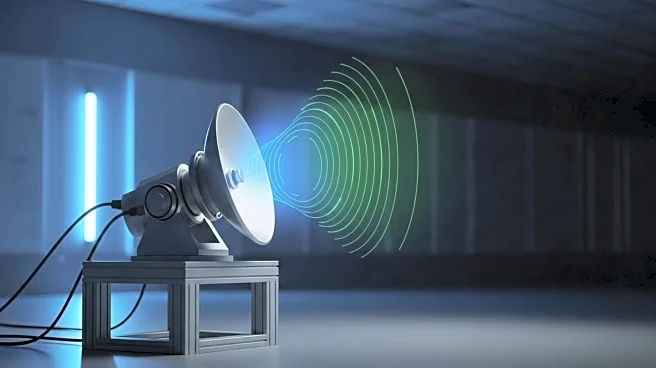What's Happening?
Germany's Helsing and Denmark's Systematic have announced a partnership to develop a swarming recce-strike command-and-control (C2) software system. This collaboration, revealed at the Defence and Security Equipment International (DSEI) 2025 exhibition in London, integrates Helsing's Altra software with Systematic's SitaWare C4ISR system. The primary goal is to enhance the efficiency of reconnaissance-strike missions by involving fewer operators and more drones. According to Helsing's co-CEO Gundbert Scherf, the integration aims to reduce mission execution time significantly, potentially making operations ten times faster than current methods. The system utilizes artificial intelligence to generate swarm plans, allowing unmanned aircraft systems (UASs) to be deployed in swarms. These swarms, equipped with AI, will process sensor data in real-time and provide situational awareness to command structures via Systematic's SitaWare.
Why It's Important?
The development of this advanced C2 system represents a significant leap in military technology, particularly in the realm of unmanned systems and artificial intelligence. By reducing the time and manpower required for reconnaissance-strike missions, this system could enhance operational efficiency and effectiveness for military forces. The integration of AI in mission planning and execution could lead to more precise and timely decision-making, potentially altering the dynamics of modern warfare. This advancement may benefit military stakeholders by providing a technological edge, while also raising questions about the ethical implications of increased automation in military operations.
What's Next?
As the system continues to be developed, it is likely that military forces will evaluate its effectiveness in various operational scenarios. The collaboration with Ukrainian end-users suggests potential deployment in conflict zones, which could provide real-world testing and feedback. Future developments may focus on refining AI capabilities and expanding the system's applications. Stakeholders, including military leaders and defense contractors, will likely monitor the system's performance closely to assess its impact on strategic and tactical operations.
Beyond the Headlines
The integration of AI in military operations raises important ethical and legal considerations. The potential for autonomous decision-making in combat scenarios could lead to debates about accountability and the rules of engagement. Additionally, the increased reliance on technology in warfare may prompt discussions about cybersecurity and the risks of system vulnerabilities. As these technologies evolve, it will be crucial to address these issues to ensure responsible and ethical use.
